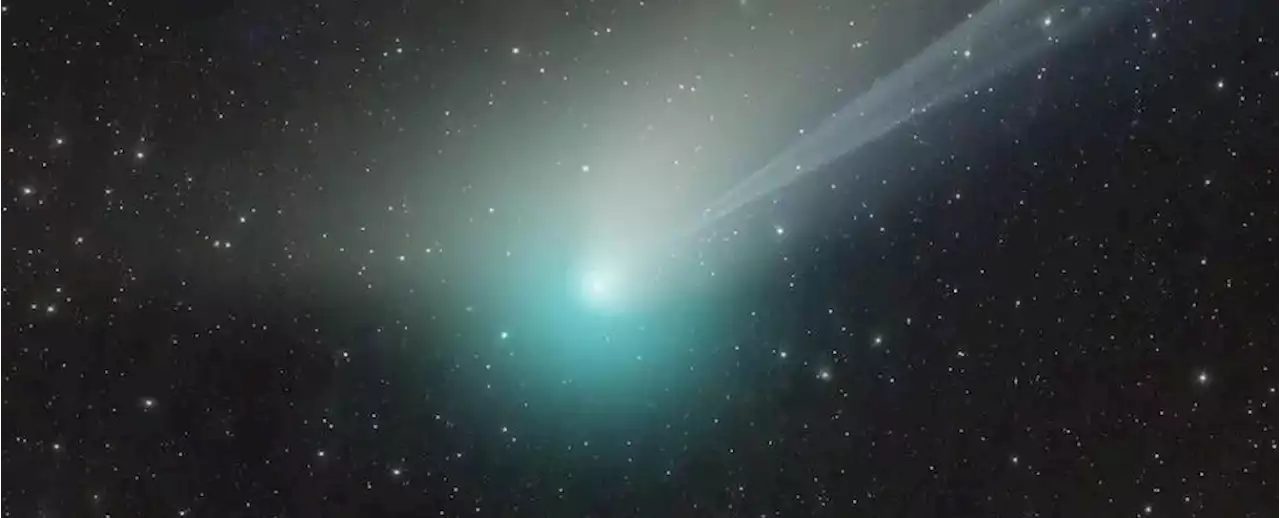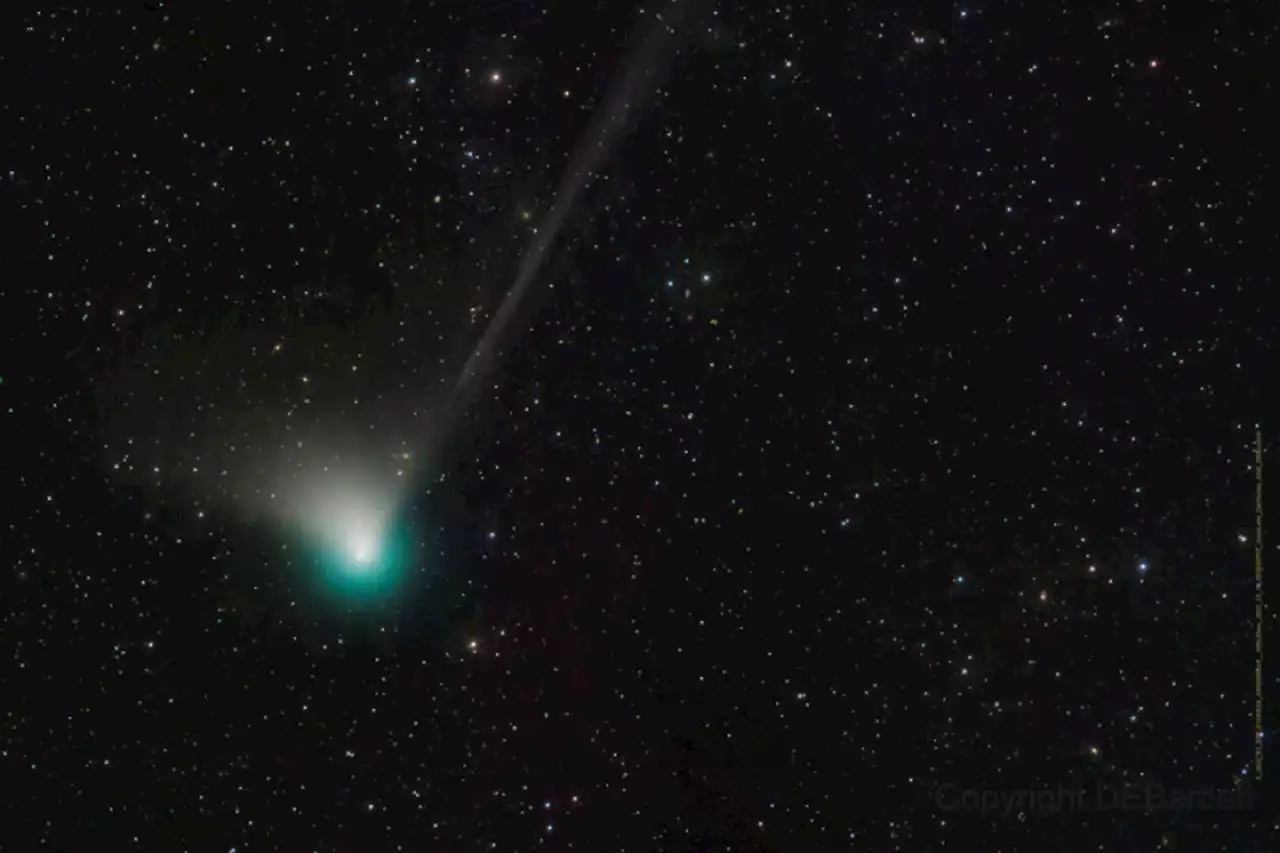Comet C/2022 E3 (ZTF) continues to treat skywatchers.
This image was captured using a Takahashi FSQ-106ED telescope with an F5 focal ratio on an EM200 mount, which was auto-guided by a Asiair Pro wifi camera controller. My camera for this image is a modified Nikon D850 DSLR camera set to ISO3200.
This image was produced by combining 40 separate exposures that were captured for 200 seconds each. Total integration time was 130 minutes. Post-processing was completed in PixInsight 1.8.9-1 and Photoshop CC 2023. Want to see comet C/2022 E3 up close or try to take your own comet or night sky photos? Be sure to see our guides on the
United States Latest News, United States Headlines
Similar News:You can also read news stories similar to this one that we have collected from other news sources.
 Stunning Green Comet Will Be Closest to Earth Today, at Peak BrightnessA green comet called C/2022 E3 (ZTF), or Comet ZTF for short, is nearing its closest approach to Earth for the first time since the ice age.
Stunning Green Comet Will Be Closest to Earth Today, at Peak BrightnessA green comet called C/2022 E3 (ZTF), or Comet ZTF for short, is nearing its closest approach to Earth for the first time since the ice age.
Read more »
 Green comet C/2022 E3 (ZTF) will be closest to Earth on Feb. 1. Here's how to see it.C/2022 E3 (ZTF) hasn't been so close to Earth for 50,000 years since the last ice age and prior to the extinction of the Neanderthals.
Green comet C/2022 E3 (ZTF) will be closest to Earth on Feb. 1. Here's how to see it.C/2022 E3 (ZTF) hasn't been so close to Earth for 50,000 years since the last ice age and prior to the extinction of the Neanderthals.
Read more »
 A green comet is visiting us from the edge of the solar system, and astronomers are thrilledLook for a greenish glow in the northern sky after sunset with binoculars or a small telescope to see this once-in-a-lifetime comet show.
A green comet is visiting us from the edge of the solar system, and astronomers are thrilledLook for a greenish glow in the northern sky after sunset with binoculars or a small telescope to see this once-in-a-lifetime comet show.
Read more »
 Grab your binoculars! Now’s your once-in-a-lifetime chance to see the green cometOver the next two weeks, we’ll have the chance to see a rare green comet that is flying by the Earth for the first time in about 50,000 years.
Grab your binoculars! Now’s your once-in-a-lifetime chance to see the green cometOver the next two weeks, we’ll have the chance to see a rare green comet that is flying by the Earth for the first time in about 50,000 years.
Read more »
 Here's how to find the 'green comet' in the night sky before it disappearsYou won't get another chance, as the green comet, called C/2022 E3 (Z.T.F.), last flew near Earth 50,000 years ago.
Here's how to find the 'green comet' in the night sky before it disappearsYou won't get another chance, as the green comet, called C/2022 E3 (Z.T.F.), last flew near Earth 50,000 years ago.
Read more »
 How to see the 2023 green comet from wherever you areComet C/2022 E3, more commonly known as the green comet, was last seen by humans — as well as Neanderthals — during the Stone Age.
How to see the 2023 green comet from wherever you areComet C/2022 E3, more commonly known as the green comet, was last seen by humans — as well as Neanderthals — during the Stone Age.
Read more »
